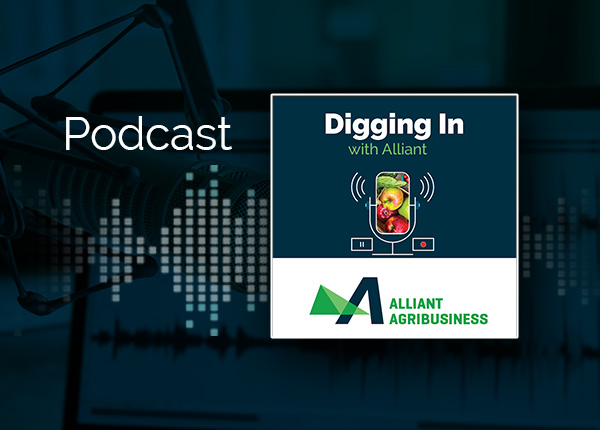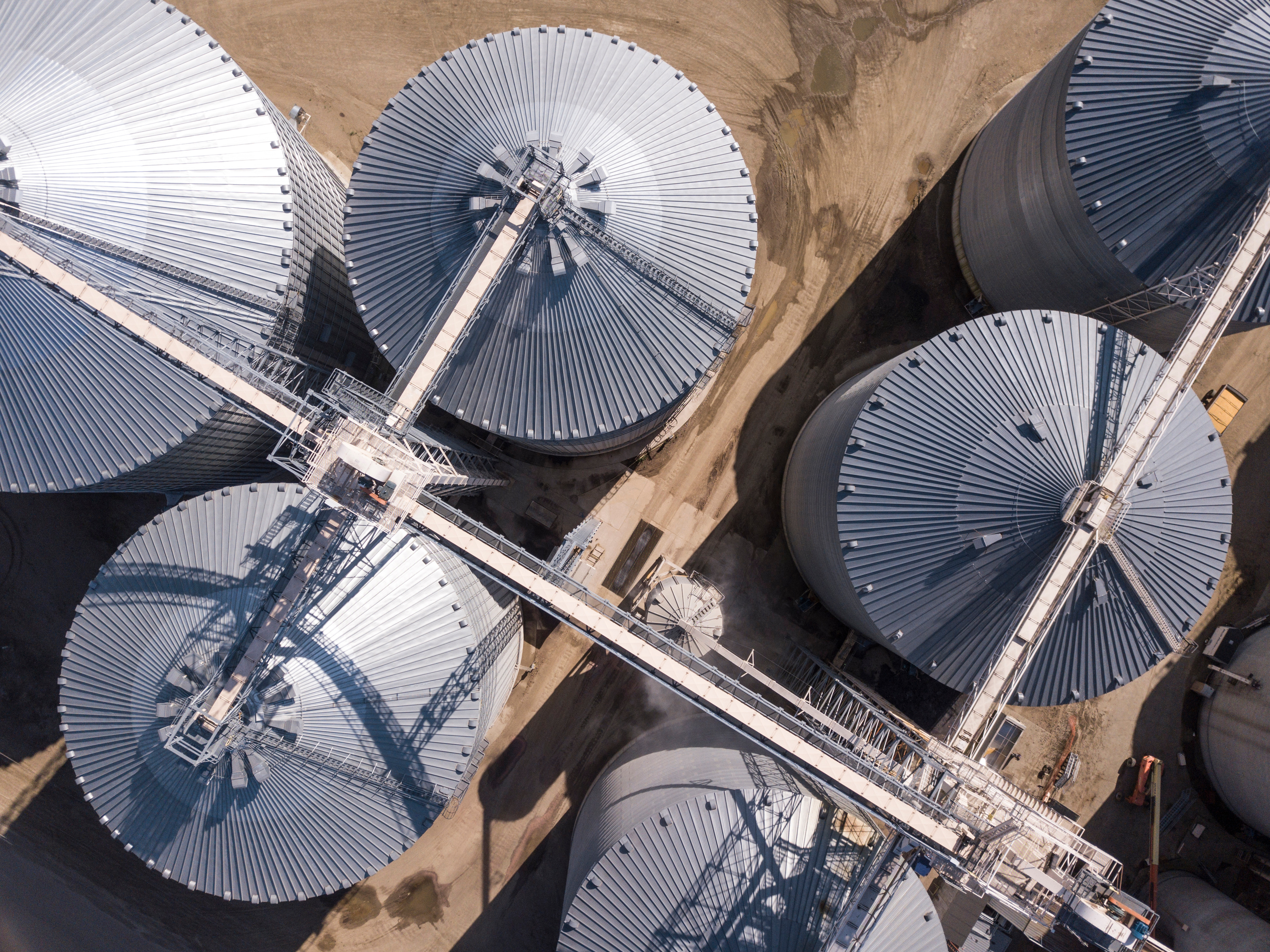
Safety & Loss Prevention: Rollover Safety
By Alliant
Did you know the leading cause of fatal injuries in agriculture is due to machine rollovers, claiming 130 deaths per year (Center for Agricultural Health)? Following a tractor-related fatality, 7 of 10 farms will go out of business within five years (Center for Agricultural Health).
The most frequent causes of tractor-related deaths are side and rear overturns. Because of their high center of gravity, tractors are more susceptible to rolling or turning over than vehicles with a low center of gravity, like passenger cars and trucks. In 1986, Rollover Protective Structures (ROPS) became standard equipment on US-manufactured tractors. However, many tractors manufactured before 1986 are still widely used on farms and unlikely to have been retrofitted with ROPS.
Rollover Protective Structures (ROPS)
ROPS is a structure intended to protect equipment operators from injuries when a vehicle overturns. Designed to be used with seatbelts, ROPS prevent the weight of the equipment from landing on the operator. ROPS are 99% effective in preventing serious injury or death when used with a seatbelt (National Agricultural Tractor Safety Initiative).
Rear Rollovers
Rear rollovers are particularly dangerous because they happen so quickly and give operators little time to react. Research shows that it takes only 0.75 seconds to reach the critical point of no return where the center of gravity moves over the rear axle and outside the base of stability (National Ag Safety Database). From the time the tractor begins to roll over, the incident can take as little as 1.5 seconds.
Side Rollovers
About 85 percent of all tractor rollovers are side rollovers (National Ag Safety Database). The major causes of side rollovers are driving too close to an incline or embankment, driving too fast or driving the tractor with excessive loads. Studies show that when tractor speed is doubled, the danger of rollover is increased four times.
Maximum Exposure
Safe operating techniques and awareness of terrain reduce the risk of overturns, see below for more safety techniques.
Reduce Your Risk Of:
- Always hitch loads at the drawbar, never higher.
- Use front weights to increase tractor stability.
- Don’t change gears on a slope.
- Start forward motion slowly and change speed gradually.
- If possible, avoid backing downhill. It is safest to drive down a hill and back up a hill.
- Drive around ditches rather than through them.
- Back out or be towed out of ditches or mud.
- Keep the front-end loader low when traveling and turning.
- Do not raise the load until you’ve reached the destination and the tractor isn’t moving.
- Lock the brake pedals together before highspeed road travel.
- Match speed to operating conditions and loads.
- Operate at low gear and speeds. Do not let the front wheels bounce.
- Slow down before turning.
- Use engine braking when going downhill.
- Avoid crossing steep slopes. Watch for depressions on the downhill side and bumps on the uphill side.
- Turn downhill, not uphill, if stability becomes a problem.
- Keep side-mounted implements on the uphill side of the tractor.
- Stay 10 feet or more from ditches and steep slopes. Slow down to maintain control.
- Stay 10 feet or more from a riverbank. The bank may be steep. Slow down to maintain control.
Alliant note and disclaimer: This document is designed to provide general information and guidance. Please note that prior to implementation your legal counsel should review all details or policy information. Alliant Insurance Services does not provide legal advice or legal opinions. If a legal opinion is needed, please seek the services of your own legal advisor or ask Alliant Insurance Services for a referral. This document is provided on an “as is” basis without any warranty of any kind. Alliant Insurance Services disclaims any liability for any loss or damage from reliance on this document.
Thanks for your message.
We’ll be in touch shortly.



